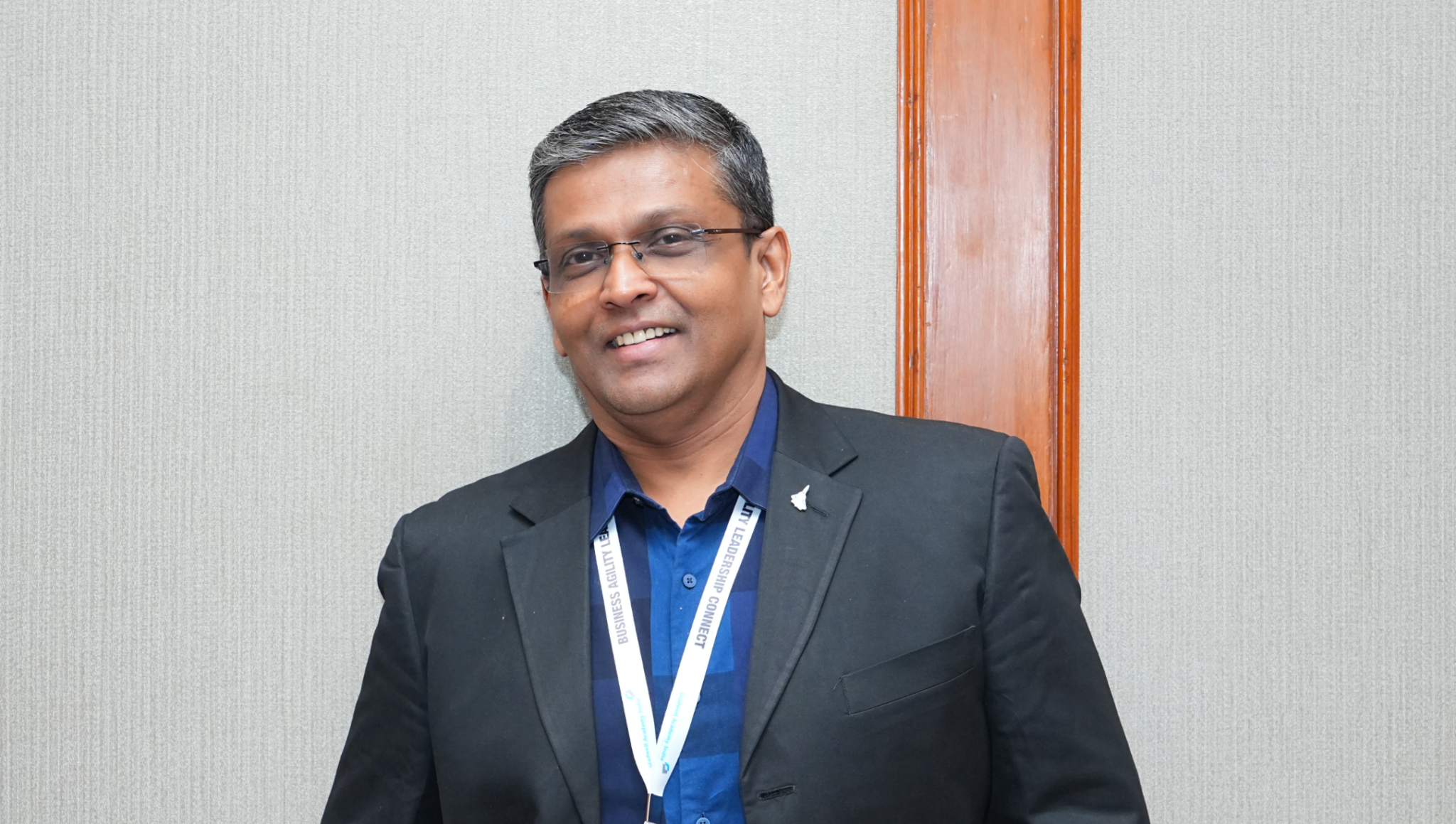What are the tools and practices that get rockets launched or airborne platforms achieve mission critical success? How genomes get decoded and viruses predicted? How do societies emerge unscathed with catastrophe of seismic events?
Model based Systems Engineering (MBSE) brings a paradigm shift in requirements management, with models that can be validated in real-time, improving risk mitigation and living the Agile concept of ‘Fail fast, learn fast, improve fast’. Rapid Learning is a skill that brings critical thinking to life. This is of essence to augment advances that we can benefit with deployment of AI technologies.



